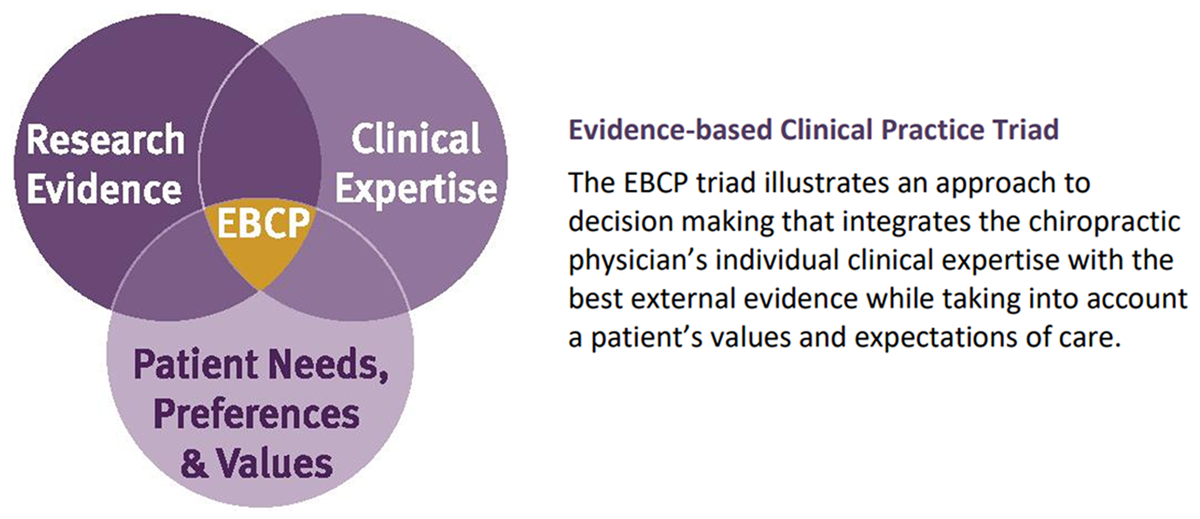Combining Pain Therapy with Lifestyle: The Role of Personalized Nutrition and Nutritional Supplements
Combining Pain Therapy with Lifestyle: The Role of Personalized Nutrition and Nutritional Supplements According to the SIMPAR Feed Your Destiny Approach
SOURCE: J Pain Res. 2016 (Dec 8); 9: 1179–1189 ~ FULL TEXT
Manuela De Gregori, Carolina Muscoli, et al
Pain Therapy Service,
Fondazione IRCCS Policlinico San Matteo,
Pavia, Italy
Recently, attention to the lifestyle of patients has been rapidly increasing in the field of pain therapy, particularly with regard to the role of nutrition in pain development and its management. In this review, we summarize the latest findings on the role of nutrition and nutraceuticals, microbiome, obesity, soy, omega-3 fatty acids, and curcumin supplementation as key elements in modulating the efficacy of analgesic treatments, including opioids. These main topics were addressed during the first edition of the Study In Multidisciplinary Pain Research workshop: “FYD (Feed Your Destiny): Fighting Pain”, held on April 7, 2016, in Rome, Italy, which was sponsored by a grant from the Italian Ministry of Instruction on “Nutraceuticals and Innovative Pharmacology”.
The take-home message of this workshop was the recognition that patients with chronic pain should undergo nutritional assessment and counseling, which should be initiated at the onset of treatment. Some foods and supplements used in personalized treatment will likely improve clinical outcomes of analgesic therapy and result in considerable improvement of patient compliance and quality of life. From our current perspective, the potential benefit of including nutrition in personalizing pain medicine is formidable and highly promising.
There are more articles like this @ our:

